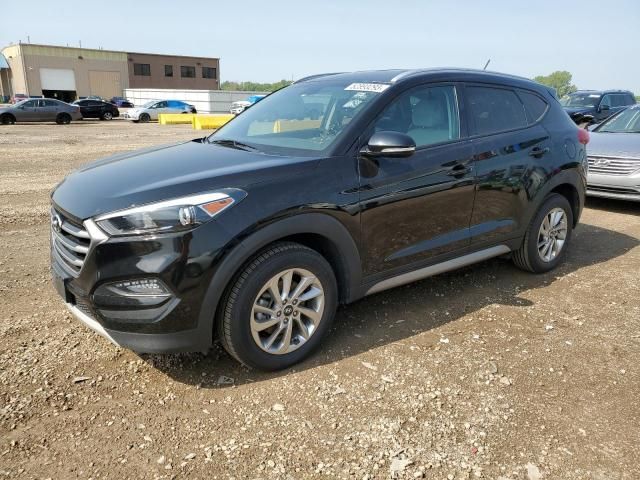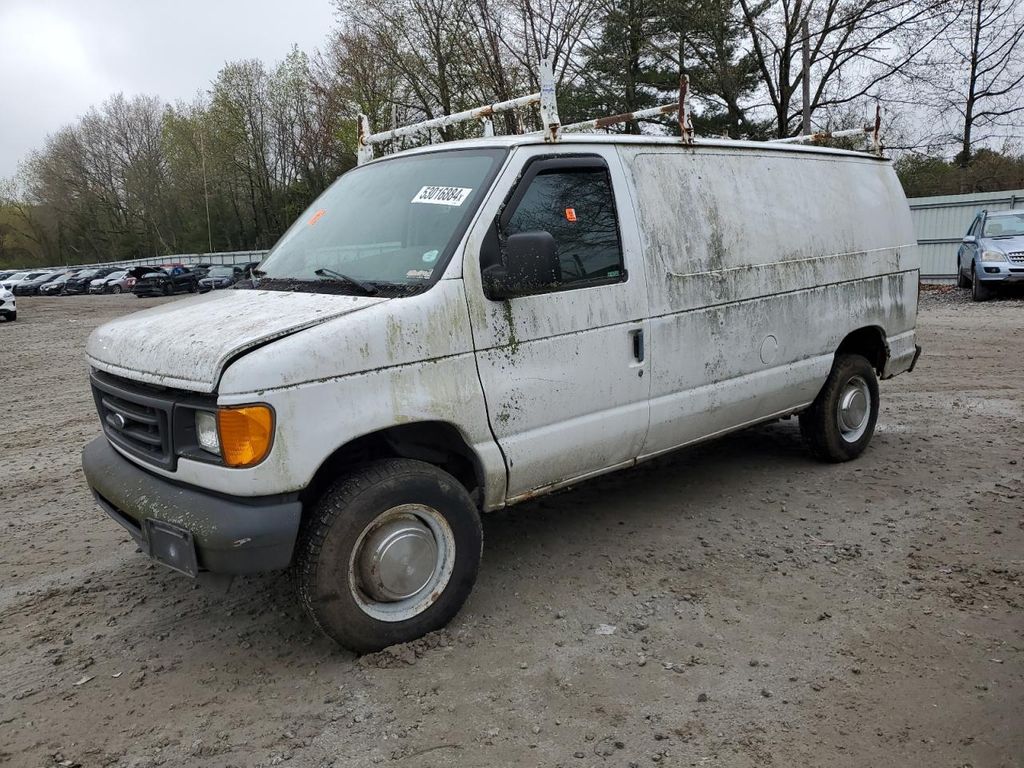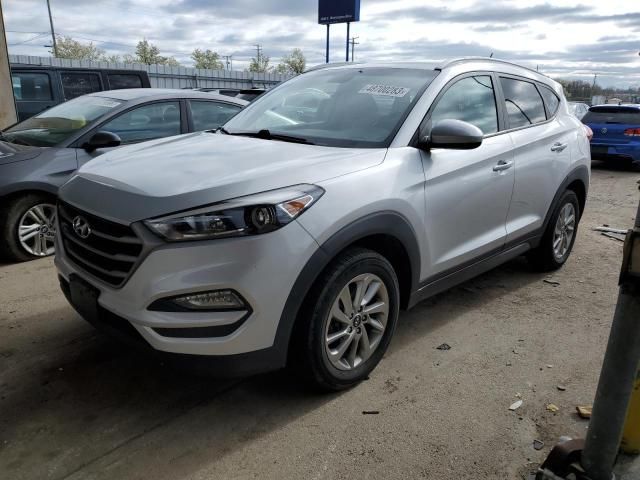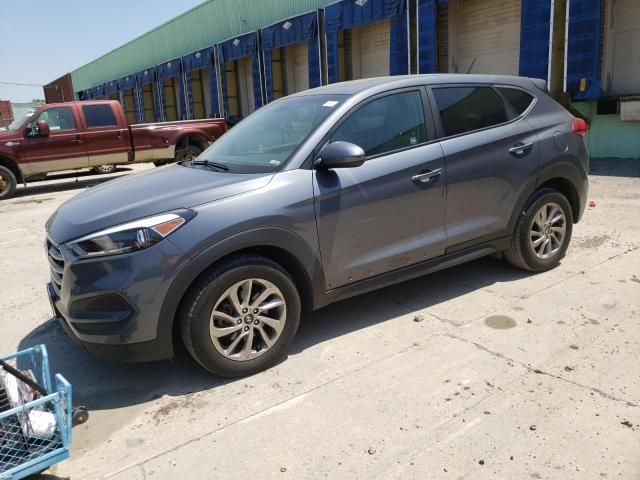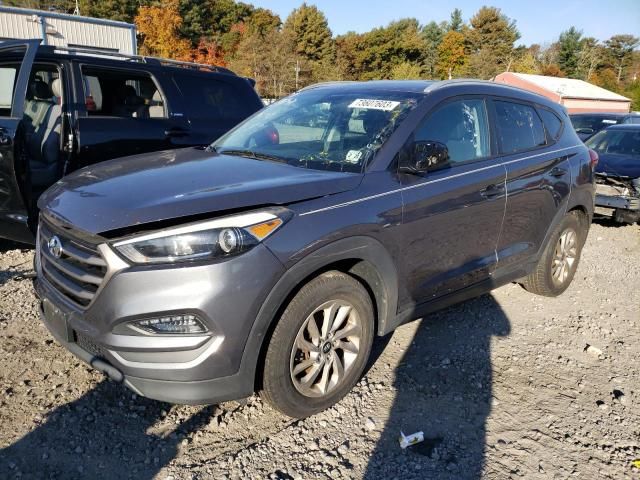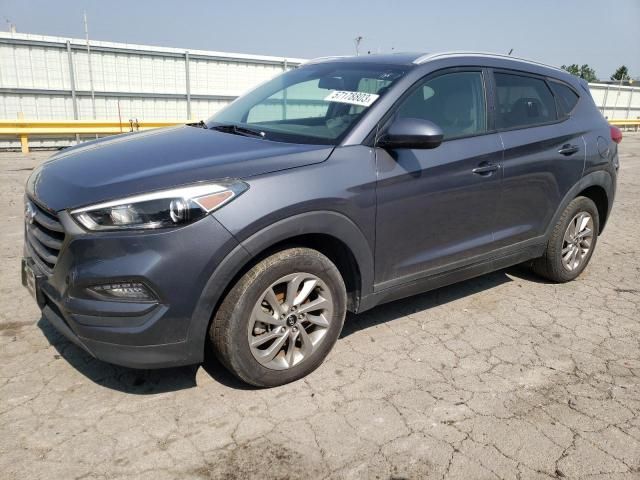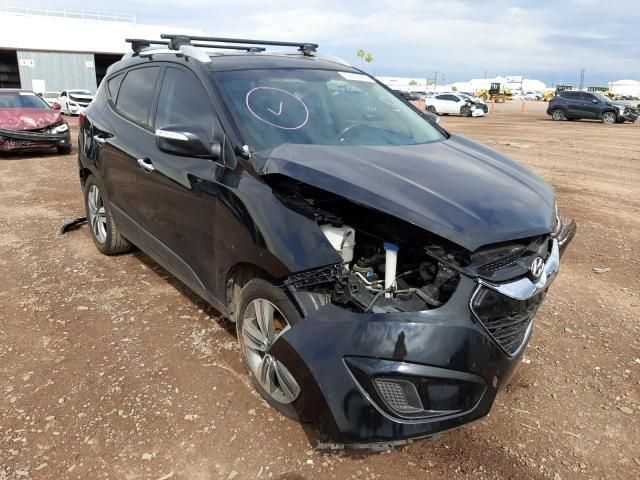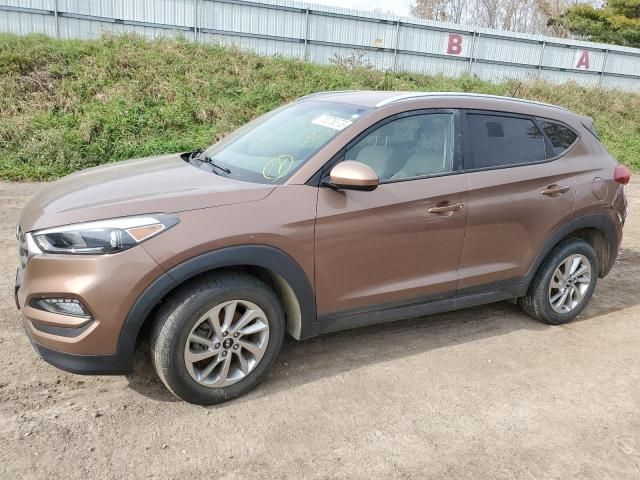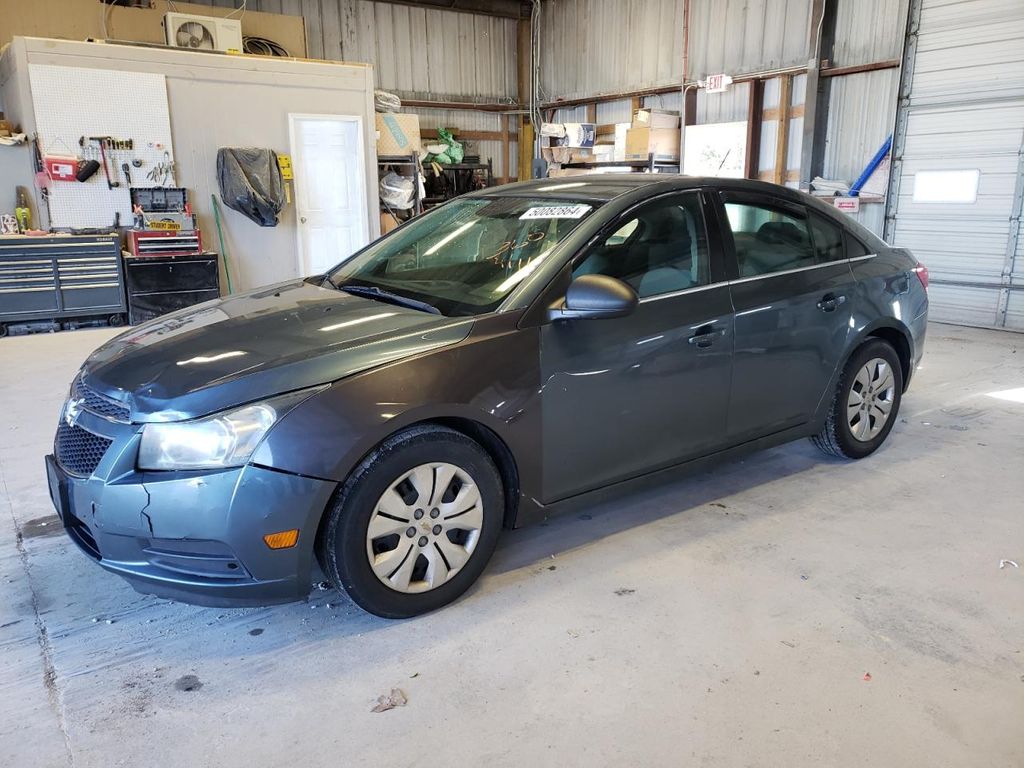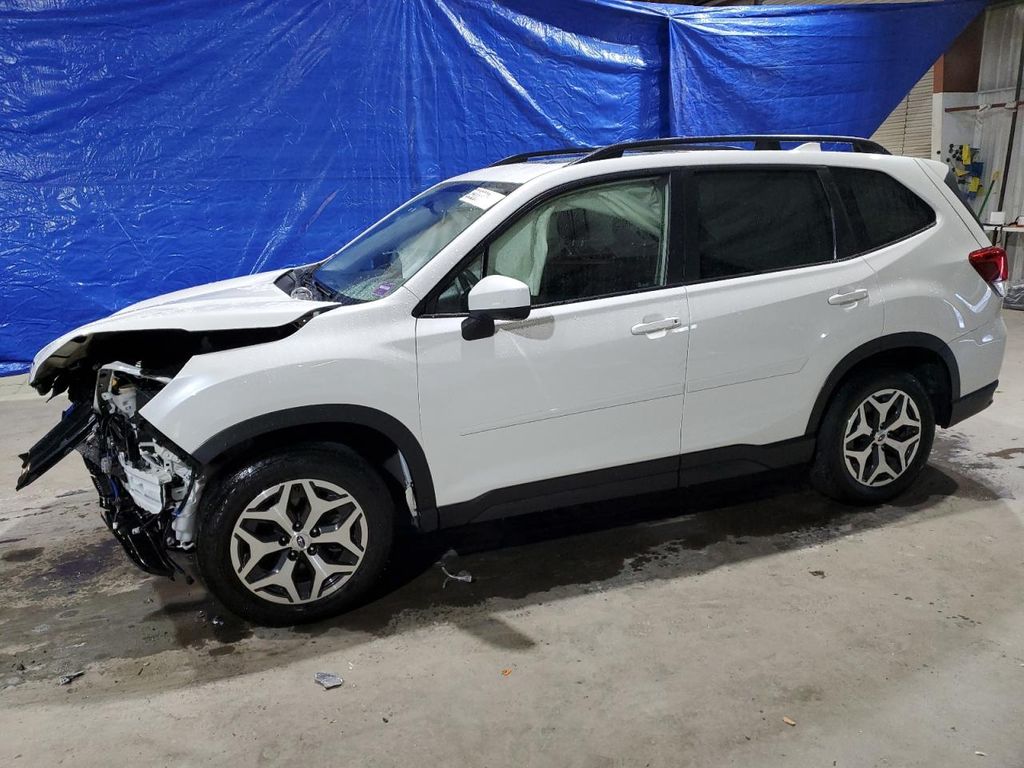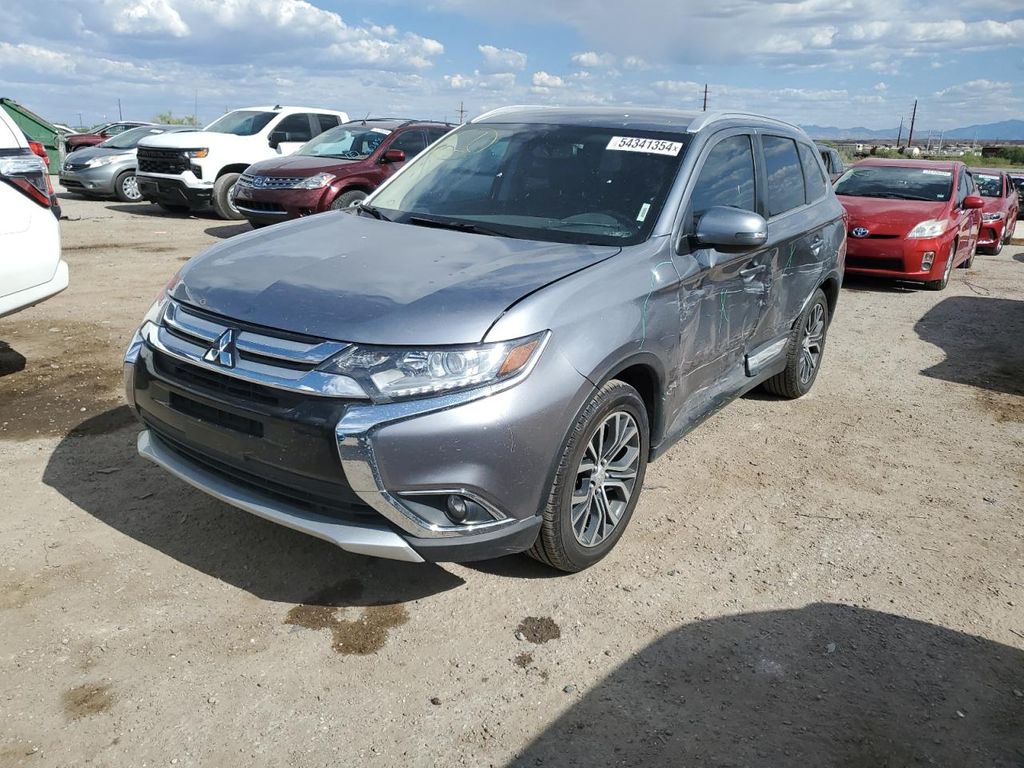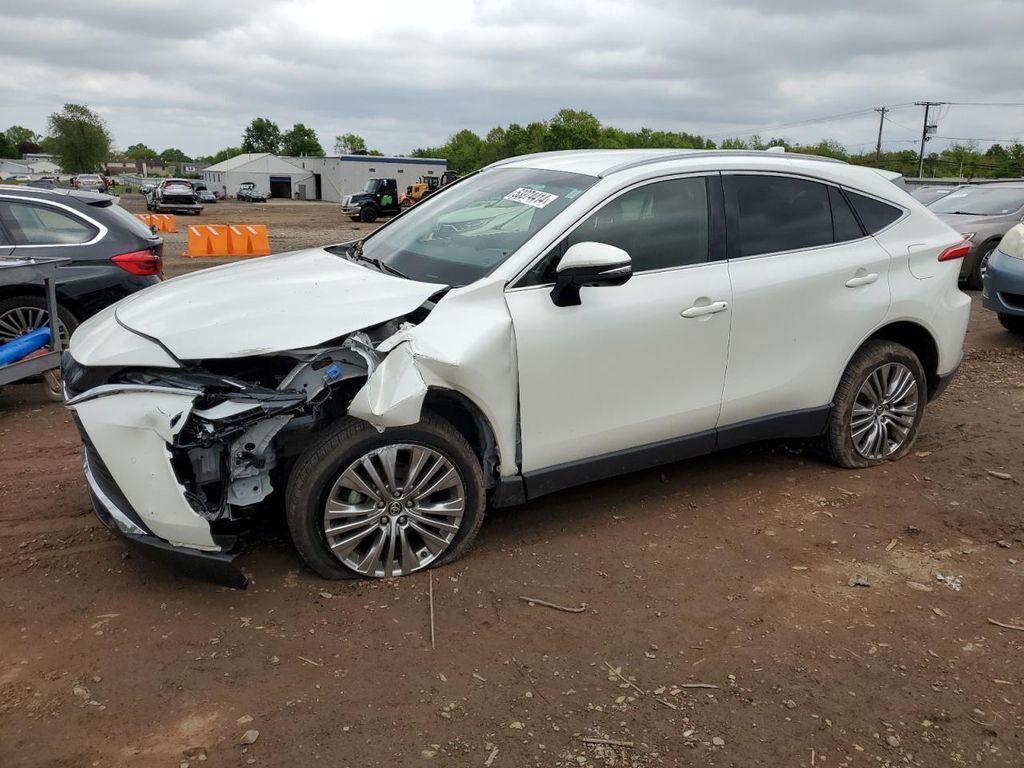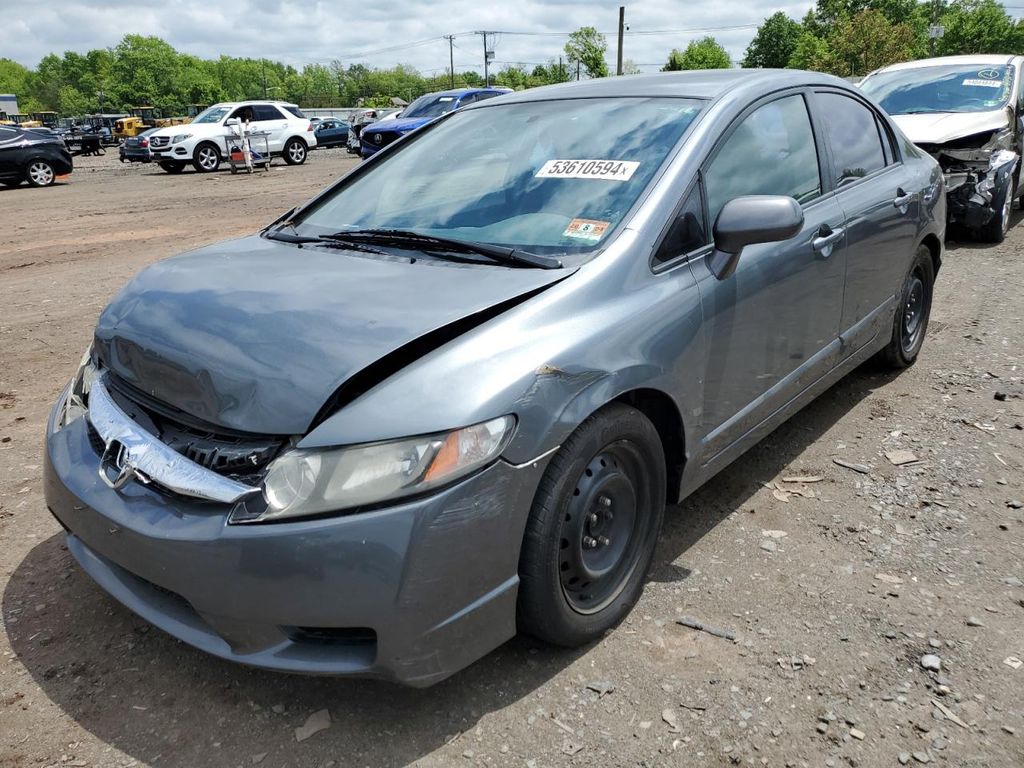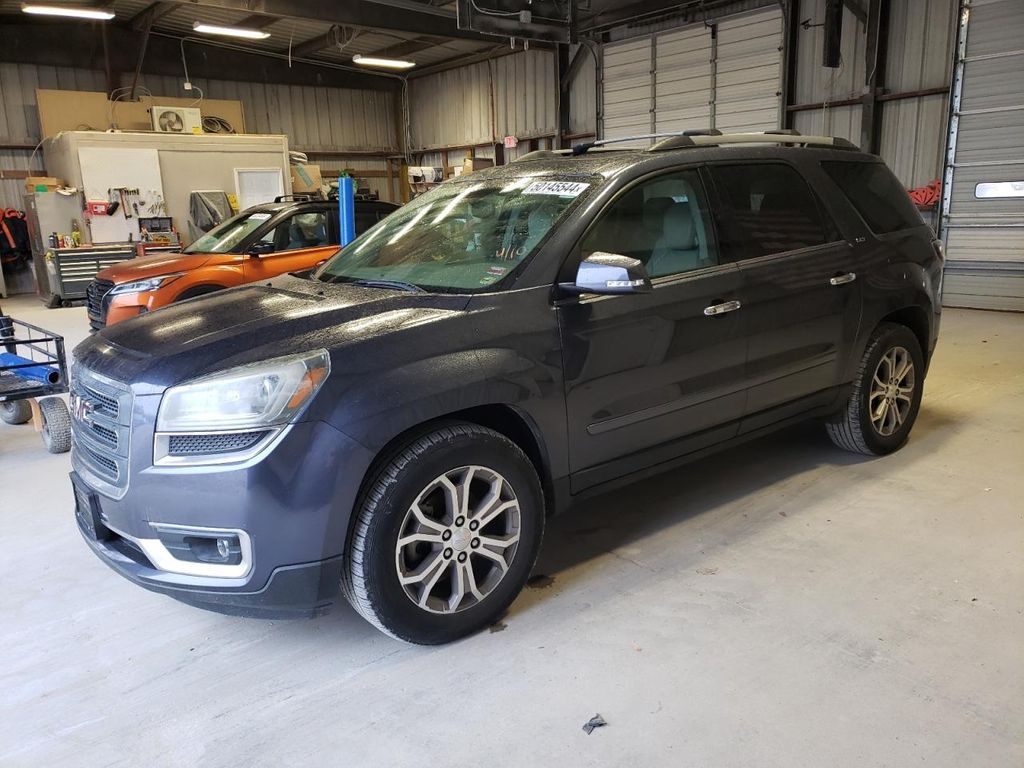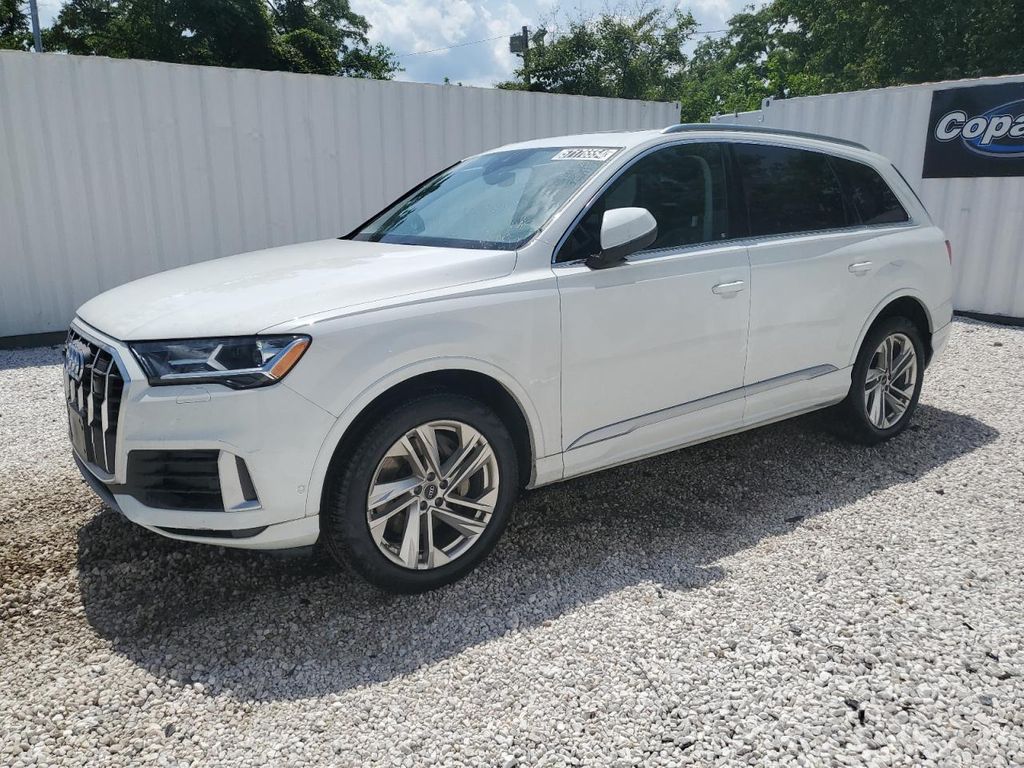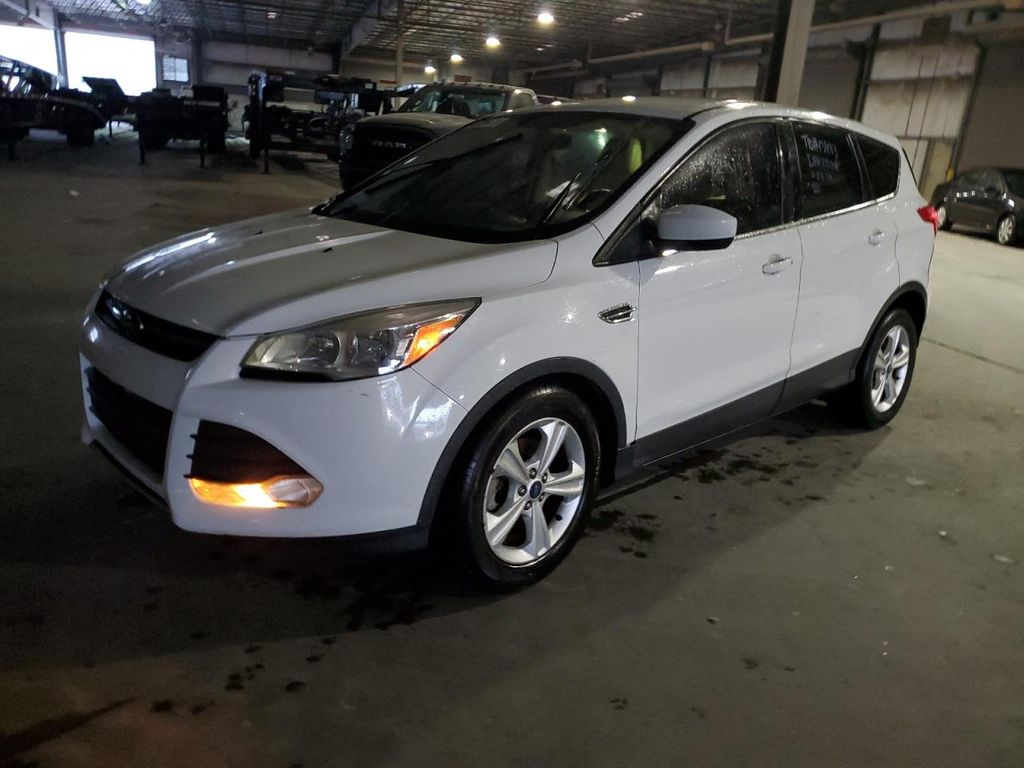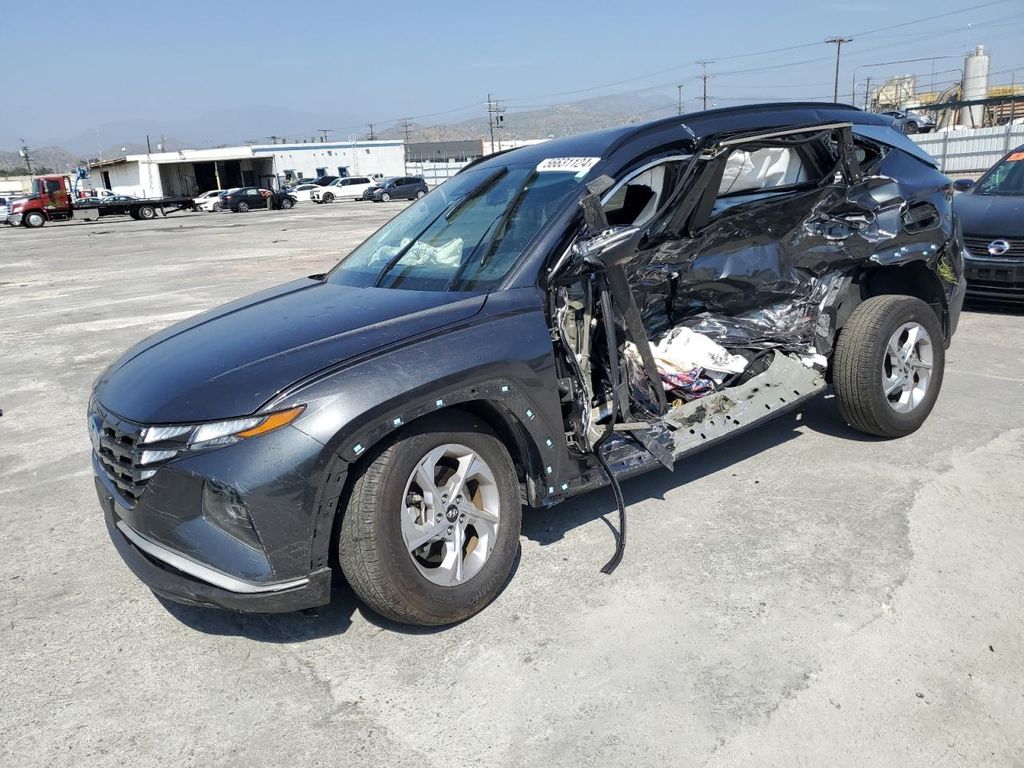
2023 HYUNDAI TUCSONVIN: 5NMJBCAE4PH186792
Historical Records
Collision damage reported
Damage to rear
Titled or registered as lease vehicle
Sale Record
| Year | 2023 |
| Title | SALVAGE CERTIFICATE (CA) |
| ODO | 8,503 mi (ACTUAL) |
| Damage | SIDE |
| Estimated Retail Value | $30,220 |
| Estimated Repair Cost | $30,220 (100%) |
| Location | Sun Valley, CA, USA, 91352 |
| Date | will be in 2 days (2024-06-10) |
| Sale Website Type | salvage or insurance auction |



| Color | CHARCOAL |
| Transmission | AUTOMATIC |
| Engine | 2.5L |
| Cylinders | 4 |
| Drive | All wheel drive |
| Fuel Type | GAS |
| Year | 2023 |
| ODO | 2959 mi |
| Seller | Hidden text (Hidden text) |
| Location | Bellflower, CA, 90706 |
| Date | appeared 4 months ago latest price $6146 |
| Price History | |
| Sale Website Type | classifieds |
| Notes | |
| Hidden text | |



| Body Style | Sport Utility |
| Color | gray |
| Cylinders | 4 |
| Drive | AWD |
| Fuel Type | Gasoline Fuel |
| Year | 2023 |
| ODO | 5134 mi |
| Seller | Hidden text |
| Buy Now Price | $8851 |
| MSRP | $3447 |
| Location | Riverside, CA, 92504 |
| Date | ended 5 months ago |
| Sale Website Type | dealer auction |



| Body Style | SUV |
| Color | Gray |
| Color (Interior) | Black |
| Transmission | Automatic |
| Engine | 4 Cylinder |
| Drive | AWD |
| Fuel Type | Gasoline |
- 2 12V DC Power Outlets
- 6902
- A/T
- Hidden text
- Analog Appearance
- Hidden text
- Black Rear Bumper w/Metal-Look Bumper Insert
- Hidden text
- Bucket Seats
- Hidden text
- Cross-Traffic Alert
- Hidden text
- Driver / Passenger And Rear Door Bins
- Hidden text
- Driver Vanity Mirror
- 8892
- 4 Cylinder Engine
- 1190
- AM/FM Stereo
- Hidden text
- Automatic Headlights
- Hidden text
- Blue Link Connected Car Service (3-year complimentary subscription) Selective Service Internet Access
- Hidden text
- Carpet Floor Trim
- Hidden text
- Cruise Control w/Steering Wheel Controls
- Hidden text
- Driver And Passenger Visor Vanity Mirrors w/Driver And Passenger Illumination, Driver And Passenger Auxiliary Mirror
- Hidden text
- Electric Power-Assist Steering
- Hidden text
- Front Collision Mitigation
- Hidden text
- Gas-Pressurized Shock Absorbers
- Hidden text
- 150 Amp Alternator
- 5382
- 60-40 Folding Split-Bench Front Facing Manual Reclining Fold Forward Seatback Rear Seat
- Hidden text
- Airbag Occupancy Sensor
- Hidden text
- Battery w/Run Down Protection
- Hidden text
- Body-Colored Front Bumper w/Metal-Look Bumper Insert
- Hidden text
- Collision Mitigation-Front
- Hidden text
- Deep Tinted Glass
- Hidden text
- driver monitoring
- Hidden text
- FOB Controls -inc: Cargo Access and Windows
- Hidden text
- Front Side Air Bag
- Hidden text
- 2 LCD Monitors In The Front
- 5268
- A/C
- Hidden text
- Aluminum Wheels
- Hidden text
- Black Grille
- Hidden text
- Brake Assist
- Hidden text
- Compact Spare Tire Mounted Inside Under Cargo
- Hidden text
- Distance Pacing w/Traffic Stop-Go
- Hidden text
- Driver Seat
- Hidden text
- Fixed Rear Window w/Fixed Interval Wiper and Defroster
- Hidden text
- Full Cloth Headliner
- Hidden text
- Headlights-Automatic Highbeams
- Hidden text
- 1305# Maximum Payload
- 3937
- 4-Wheel Disc Brakes w/4-Wheel ABS, Front Vented Discs, Brake Assist, Hill Descent Control, Hill Hold Control and Electric Parking Brake
- Hidden text
- Air Filtration
- Hidden text
- Back-Up Camera
- Hidden text
- Body-Colored Door Handles
- Hidden text
- Clearcoat Paint
- Hidden text
- Daytime Running Lights
- Hidden text
- Driver Information Center
- Hidden text
- Engine: 2.5L GDI MPI DOHC CVVT 4-Cylinder -inc: idle stop and go and hood insulator
- Hidden text
- Front Map Lights
- Hidden text
- HD Radio
- Hidden text
- Integrated Turn Signal Mirrors
- Hidden text
- Lane Keeping Assist (LKA) Lane Departure Warning
- Hidden text
- Pass-Through Rear Seat
- Hidden text
- Power Driver Seat
- Hidden text
- Radio w/Seek-Scan, Clock, Speed Compensated Volume Control, Steering Wheel Controls, Voice Activation, Radio Data System and External Memory Control
- Hidden text
- Redundant Digital Speedometer
- Hidden text
- Forward Collision-Avoidance Assist (fca) w/Pedestrian and Cyclist & Junction-Turning Detection
- Hidden text
- Full Floor Console w/Covered Storage, Mini Overhead Console and 2 12V DC Power Outlets
- Hidden text
- Heated Front Bucket Seats -inc: 8-way power driver's seat w/power lumbar support and height adjustment
- Hidden text
- Keyless Start
- Hidden text
- Manual Adjustable Front Head Restraints and Manual Adjustable Rear Head Restraints
- Hidden text
- Passenger Vanity Mirror
- Hidden text
- Power Mirror(s)
- Hidden text
- Rear Collision Mitigation
- Hidden text
- Remote Trunk Release
- Hidden text
- Stability Control
- Hidden text
- Tires - Front All-Season
- Hidden text
- Turn-By-Turn Navigation Directions
- Hidden text
- Illuminated Glove Box
- Hidden text
- Lane Departure Warning
- Hidden text
- Multi-Link Rear Suspension w/Coil Springs
- Hidden text
- Power 1st Row Windows w/Driver And Passenger 1-Touch Up/Down
- Hidden text
- Power Windows
- Hidden text
- Rear Head Air Bag
- Hidden text
- Satellite Radio
- Hidden text
- Streaming Audio
- Hidden text
- Towing Equipment -inc: Trailer Sway Control
- Hidden text
- Variable Intermittent Wipers
- Hidden text
- Heated Mirrors
- Hidden text
- LED Headlights
- Hidden text
- Manual Tilt/Telescoping Steering Column
- Hidden text
- Permanent Locking Hubs
- Hidden text
- Power Steering
- Hidden text
- Rear Defrost
- Hidden text
- Roof Rack Rails Only
- Hidden text
- Steering Wheel Audio Controls
- Hidden text
- Tires: 235/65R17
- Hidden text
- Valet Function
- Hidden text
- Lane Following Assist (Lfa)
- Hidden text
- Outboard Front Lap And Shoulder Safety Belts -inc: Rear Center 3 Point, Height Adjusters and Pretensioners
- Hidden text
- Power Door Locks
- Hidden text
- Privacy Glass
- Hidden text
- Rear Spoiler
- Hidden text
- Seats w/Cloth Back Material
- Hidden text
- Strut Front Suspension w/Coil Springs
- Hidden text
- Traction Control
- Hidden text
- Variable Speed Intermittent Wipers
- Hidden text
- Side Impact Beams
- Hidden text
- Telematics
- Hidden text
- Transmission w/Dual Shift Mode
- Hidden text
- Wheels: 17" x 7.0J" Alloy
Model Analytics & Market Report
Depreciation
| Year | Average Mileage | Average Price | % Left | % Lost | ||
|---|---|---|---|---|---|---|
| 2023 MSRP | 0 mi | $26,870 | — | — | 100% | 0% |
| 2023 | 10,687 mi | $29,128 | −$2,258 | −8.4% | 108.4% | -8.4% |
| 2024 | 21,374 mi | $26,500 | +$2,628 | +9.02% | 98.62% | 1.38% |
| 2025 | 32,061 mi | $24,190 | +$2,310 | +8.72% | 90.03% | 9.97% |
| 2026 | 42,748 mi | $21,499 | +$2,691 | +11.12% | 80.01% | 19.99% |
| 2027 | 53,435 mi | $19,998 | +$1,501 | +6.98% | 74.43% | 25.57% |
| → Visit 2023 HYUNDAI TUCSON depreciation page to see full data. | ||||||
Price vs Mileage
| Mileage | Average Price | Sample Size |
|---|---|---|
| 0 mi | $26,990 | 39 sales |
| 5,000 mi | $28,928 | 362 sales |
| 10,000 mi | $27,611 | 380 sales |
| 15,000 mi | $27,099 | 208 sales |
| 20,000 mi | $26,475 | 125 sales |
| 25,000 mi | $24,999 | 112 sales |
| → Visit 2023 HYUNDAI TUCSON depreciation page to see full data. | ||
VIN Decoder — 57 records
Anti-lock Braking System (ABS) means a portion of a service brake system that automatically controls the degree of rotational wheel slip during braking by: (1) Sensing the rate of angular rotation of the wheels; (2) Transmitting signals regarding the rate of wheel angular rotation to one or more controlling devices that interpret those signals and generate responsive controlling output signals; and (3) Transmitting those controlling signals to one or more modulator devices that adjust brake actuating forces in response to those signals.
An auto-reverse system enables power windows and sunroofs on motor vehicles to automatically reverse direction when such power windows and panels detect an obstruction. This feature can prevent children and others from being trapped, injured, or killed by the power windows and sunroofs.
ESC is a computerized technology that improves a vehicle's stability by detecting and reducing loss of traction (skidding). When ESC detects loss of steering control, it automatically applies the brakes to help steer the vehicle in the driver's intended direction. Braking is automatically applied to wheels individually, such as the outer front wheel to counter oversteer, or the inner rear wheel to counter understeer. Some ESC systems also reduce engine power until control is regained.
A keyless ignition system permits starting a car without a physical key being inserted into an ignition. Instead, a small device known as a "key fob" transmits a code to a computer in the vehicle when the fob is within a certain close range. When the coded signal matches the code embedded in the vehicle's computer, a number of systems within the car are activated, including the starter system. This allows the car to be started by simply pressing a button on the dashboard while the key fob is left in a pocket or a purse. The vehicle is usually shut down by pushing the same button.
A TPMS is an electronic system designed to monitor the air pressure inside the pneumatic tires on various types of vehicles. TPMS can be divided into two different types - direct and indirect. Direct TPMS employ pressure sensors on each wheel, either internal or external. The sensors physically measure the tire pressure in each tire and report it to the vehicle's instrument cluster or a corresponding monitor. Indirect TPMS does not use physical pressure sensors but measure air pressures by monitoring individual wheel rotational speeds and other signals available outside of the tire itself.
When the traction control computer detects a driven wheel or wheels spinning significantly faster than another, it invokes an electronic control unit to apply brake friction to wheels spinning due to loss of traction. This braking action on slipping wheels will cause power transfer to the wheels with traction due to the mechanical action within the differential.
A backup camera, also known as a rearview video system, helps prevent back-over crashes and protects our most vulnerable people - children and senior citizens - by providing an image of the area behind the vehicle. A backup camera helps the driver see behind the vehicle while in reverse.
A CIB system is an automatic emergency braking system designed to detect an impending forward crash with another vehicle. CIB systems automatically apply the brakes in a crash imminent situation to slow or stop the vehicle, avoiding the crash or reducing its severity, if the driver does not brake in response to a forward collision alert.
A DBS system is an automatic emergency braking system designed to detect an impending forward crash with another vehicle. DBS systems automatically supplement the driver's braking in an effort to avoid a crash if the driver does not brake hard enough to avoid it.
An FCW system monitors a vehicle's speed, the speed of the vehicle in front of it, and the distance between the vehicles. If the vehicles get too close due to the speed of either vehicle, the FCW system will warn the driver of the rear vehicle of an impending crash so that the driver can apply the brakes or take evasive action, such as steering, to prevent a potential crash. FCW systems provide an audible, visual, or haptic warning, or any combination thereof, to alert the driver of an FCW-equipped vehicle of a potential collision.
BSI helps prevent a collision with a vehicle in the driver's blind spot. If the driver ignores the blind spot warning and starts to change to a lane where there's a vehicle, the system activates and automatically applies light braking pressure, or provides steering input, to guide the vehicle back into the original lane. The system monitors for vehicles in the driver's blind spot using rear-facing cameras or proximity sensors.
BSW alerts drivers with an audio or visual warning if there are vehicles in adjacent lanes that the driver may not see when making a lane change.
An LDW system monitors lane markings and alerts the driver if their vehicle drifts out of their lane without a turn signal or any control input indicating the lane departure is intentional. An audio, visual or other alert warns the driver of the unintentional lane shift so the driver can steer the vehicle back into its lane.
An LKA system prevents a driver from unintentionally drifting out of the intended travel lane. LKA systems use information provided by Lane Departure Warning (LDW) system sensors to determine whether a vehicle is about to unintentionally move out of its lane of travel. If so, LKA activates and corrects the steering, brakes or accelerates one or more wheels, or does both, resulting in the vehicle returning to its intended lane of travel.
DRL is an automotive lighting system on the front of a vehicle or bicycle, that automatically switches on when the vehicle is in drive, and emits white, yellow, or amber light to increase the conspicuity of the vehicle during daylight conditions.
A headlamp light source provides a distribution of light designed to provide adequate forward and lateral illumination with limits on light directed towards the eyes of other road users, to control glare. This beam is intended for use whenever other vehicles are present ahead. Halogen, high-Intensity discharge (HID), light-emitting diode (LED), and laser are the most common headlights on the market.
A semi-automatic headlamp beam switching device provides automatic or manual control of beam switching at the option of the driver. When the control is automatic, the headlamps switch from the upper beam to the lower beam when illuminated by the headlamps on an approaching car and switch back to the upper beam when the road ahead is dark. When the control is manual, the driver may obtain either beam manually regardless of the condition of lights ahead of the vehicle.
Engine displacement (in cubic centimeters) is the volume swept by all the pistons inside the cylinders of a reciprocating engine in a single movement from top dead center to bottom dead center.
Engine displacement (in cubic inches) is the volume swept by all the pistons inside the cylinders of a reciprocating engine in a single movement from top dead center to bottom dead center.
Engine displacement (in liters) is the volume swept by all the pistons inside the cylinders of a reciprocating engine in a single movement from top dead center to bottom dead center.
This is a numerical field to store the number of cylinders in an engine. Common values for passenger cars are 4 or 6.
Body Class presents the body type based on 49 CFR 565.12(b): "Body type means the general configuration or shape of a vehicle distinguished by such characteristics as the number of doors or windows, cargo-carrying features and the roofline (e.g., sedan, fastback, hatchback)." Definitions are not provided for individual body types in the regulation.
Gross vehicle weight rating (GVWR) is the maximum operating weight of a vehicle including the vehicle's chassis, body, engine, engine fluids, fuel, accessories, driver, passengers and cargo, but excluding that of the trailers. Per 49 CFR 565.15, Class 1 is further broken down to Class A-D; Class 2 is further broken down to Class E-H. This field captures the lower bound of GVWR range for the vehicle.
Per 49 CFR 565, Model means a name that a manufacturer applies to a family of vehicles of the same type, make, line, series and body type.
If the model year (MY) is supplied when the VIN is decoded, such as from a crash report or a vehicle registration record, the MY value will be the supplied MY, even if the MY decoded from the VIN differs from the supplied MY. If the MY is not supplied when the VIN is decoded, the MY value will be decoded from the 10th character in the VIN.
This data element captures the city of the manufacturing plant where the manufacturer affixes the VIN.
This data element captures the name of the company that owns the manufacturing plant where the manufacturer affixes the VIN.
This data element captures the country of the manufacturing plant where the manufacturer affixes the VIN.
This data element captures the State or Province name within the Plant Country of the manufacturing plant where the manufacturer affixes the VIN.
Per 49 CFR 565, Series means a name that a manufacturer applies to a subdivision of a "line" denoting price, size or weight identification and that is used by the manufacturer for marketing purposes.
This field captures the location of curtain air bags. Curtain air bags are side air bags that protect the head.
Testimonials from our customers
